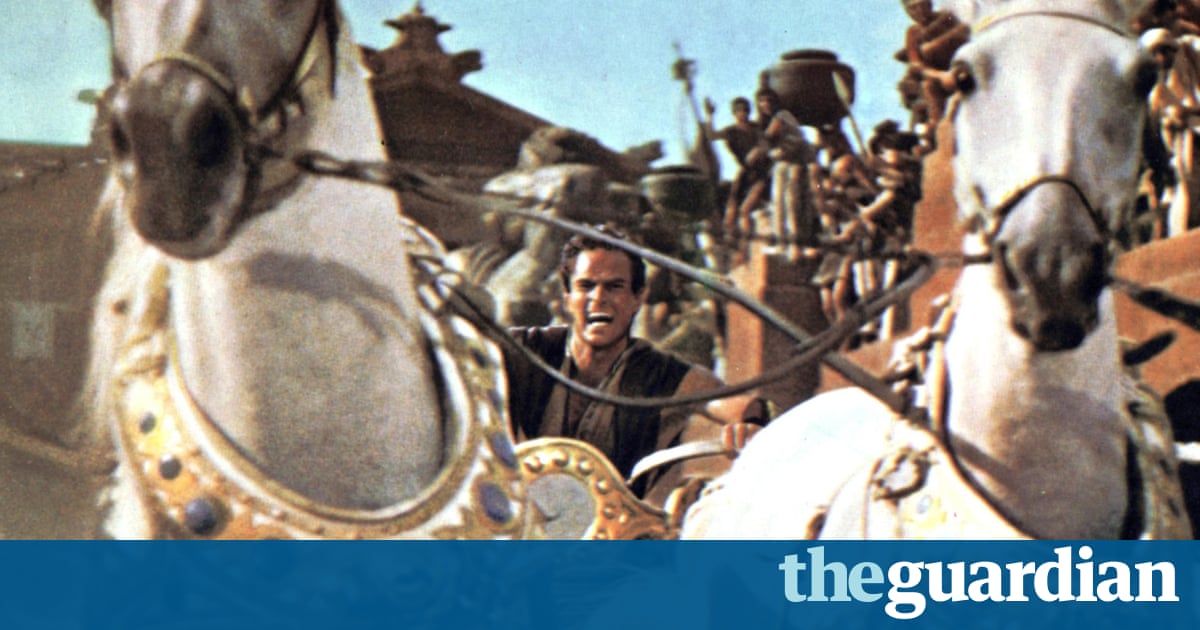Jerry Jones has built the Cowboys into the worlds most profitable sports club, and the teams protracted mediocrity hasnt upset the balance sheet

According to a Forbes estimate, the Dallas Cowboys are worth $4bn, making them the most valuable sports club in the world, ahead of Real Madrid.
Real, though, win things. The Cowboys last claimed the Super Bowl in 1996. They reached the playoffs in 2014-15, winning one game, after four seasons with win-loss records of 6-10, 8-8, 8-8 and 8-8. Last season they finished bottom of the NFC East, recording four victories and 12 losses.
Their new campaign starts on Sunday at home to the New York Giants, and an injury to Tony Romo means they are set to deploy a rookie fourth-round draft pick, Dak Prescott, at quarterback. Despite Prescotts impressive pre-season, Romos absence fosters uncertainty as Jason Garrett, embarking on his sixth full season as head coach, seeks to return the Cowboys to greatness.
An Arkansas oilman named Jerry Jones bought the Cowboys in 1989 for about $150m and promptly infuriated fans by firing the iconic head coach, Tom Landry. But Super Bowl triumphs followed in 1992-93, 1993-94 and 1995-96. Since, the Cowboys have reached the playoffs eight times, winning only three games.
These days the Cowboys put up some remarkable numbers linked to their balance sheet and the soaring ambition of their construction projects, rather than what they achieve on the field.
In August, six months after he was instrumental in the St Louis Rams relocation to Los Angeles, Jones was named as a finalist to be elected to the Pro Football Hall of Fame.
The 73-year-olds knack for brand-building and wealth generation has helped shape the modern NFL, with its monstrous television ratings and broadcast contracts and monetised year-round appeal despite a regular season that lasts only four months. A league so robust that its biggest team thrives independently of its results, the businesss influence and prosperity undimmed by something so trivial as a near-total recent absence of sporting success.
Though the rise of the New England Patriots (second in the NFL on the Forbes value list) shows how winning can grow a franchise, the Cowboys are an indication that the importance of losing is overrated.
Of course, many fans are upset at the teams protracted mediocrity, as is the owner/president/general manager. But Dallas have led the league in attendance every year since moving in 2009 to the canted glass grandeur of AT&T Stadium, with its retractable roof and intractable impression that an alien spacecraft primed for conquest has landed on the edge of a north Texas industrial estate. Despite the dire performances, last seasons average of 91,459 fans was an improvement on the previous year.
Yet until the thrilling wild-card win over the Detroit Lions in January last year, the Cowboys had not participated in the most notable events at their own home: Super Bowl XLV, the 2010 NBA All-Star Game, Wrestlemania 32, a George Strait concert. Still, win or lose, fans can enjoy the concourse art collection and savour the size and image quality of the colossal video screens.
Just as it is possible to separate the success of Jerry Jones the owner from the failure of Jerry Jones the general manager, who seemingly lacks the sharp talent judgment required in a salary cap league, it is possible to draw a distinction between the grandiose entity that is the Dallas Cowboys franchise from the sporting outfit that has won 12 fewer regular-season games over the past five seasons than the Cincinnati Bengals.
Perhaps Prescott will do for the Cowboys this year what Robert Griffin III did for Washington in 2012-13 (though Vegas ranks them as 25-1 shots for the Super Bowl in Houston next February).
Regardless of what happens on the turf it is a banner year for the franchise, which has just moved into perhaps the worlds most opulent, expansive and ambitious training ground. To give the place its proper name: The Star, the Dallas Cowboys World Headquarters.
It is classic Jones a visionary, pricy merger of marketing and megalomania. The entire project is estimated to cost over $1.5bn, according to the Dallas Morning News more than the teams stadium, built for $1.2bn and dubbed Jerry World.
This sister planets Big Bang came about through a partnership with Frisco, a fast-growing, affluent satellite city nearly 30 miles north of downtown Dallas that, like other ambitious Texas suburbs, sees sports as a way to boost its profile and visitor numbers.
The MLS side FC Dallas play in Frisco, as do affiliates of baseballs Texas Rangers and basketballs Dallas Mavericks, while the NHLs Dallas Stars practice there.
When completed, the News reports, The Stars 91-acre site will boast a retail area, an hotel and sports medicine and education facilities. Though its more than 40 miles from the new training facility to the stadium in Arlington, the Dallas metroplex traffic is not a problem now that Jones has a Cowboys-branded helicopter.
All 800 Cowboys Club memberships that include access to a gym, rooftop pool, bar, lounge, restaurant and terrace, valet parking and the chance to watch training, sold out in February, even though a family membership costs a reported initial $4,500 and then $350 per month.
The centrepiece is the Ford Center at The Star, a 12,000-capacity indoor stadium used by the Cowboys for practices and the local school district for high school games.
What weve done with our stadium and this project creates a cachet that also reflects in [television] rights fees and lot of other things, Jones told ESPN earlier this year. People want to deal with successful and progressive entities. Thats who they want to partner with.
Revenue, community engagement, prestige and brand-burnishing: The Star adds to Jones accomplishments at the helm of Americas Team. Not Americas best team, not for a while and probably not this season. Still, there is comfort in the knowledge that in the NFL landscape that Jones did so much to create, its possible to have a winning spectacle without a winning scoreline.
Read more: https://www.theguardian.com/sport/2016/sep/11/dallas-cowboys-nfl-rich-profitable







